Do you want to add value to your meals, while staying within your budget? If so, pork may be a less expensive option compared to other protein sources. Pork is a nutritious source of protein and it contains other nutrients including thiamin, niacin, riboflavin, zinc, potassium, and phosphorus. Each of these nutrients play an important role in maintaining our health. Protein, in particular, plays an important role in the growth and maintenance of muscle and other body tissues.
MyPlate recommends five to six ounces per day of lean protein. The leanest cuts of pork include the tenderloin, sirloin pork chop, boneless top loin pork chop, ground pork (96% lean), boneless top loin pork roast, bone-in center cut pork chop, and bone-in rib pork chop. For example, three ounces of roasted pork tenderloin includes 22 grams of protein and approximately three grams of fat.
There are many different ways to prepare pork. Dry-heat methods include grilling, broiling, stir frying, pan broiling, and roasting. You may also prepare pork using a moist-heat method, such as stewing or braising.
Pork contributes to more than just food for human consumption. The most common by-products of pork include suede, gelatin, chalk, soap, rubber, fertilizer, and makeup. The United States is the third top ranking pork producing country in the world. The pork industry supports more than 80,000 jobs across the country!
Next time you are at the grocery store and are looking for something new to cook, try pork!
Visit https://dinnertonight.tamu.edu/ for great recipes including pork!
Extension Specialist
Contact: Dr. Larry Stein
Phone: 830.278.9151
Email: Larry.Stein@ag.tamu.edu
Contact: Dr. Jenna Anding
Phone: 979.458.2025
Email: j-anding@tamu.edu

